What does a modern Vittorio Villa have in common with a classic Stradivarius violin, besides both being built in the Italian mecca of violins, Cremona? It’s that these delicate instruments need special care in order to remain in a playable condition for many years to come.
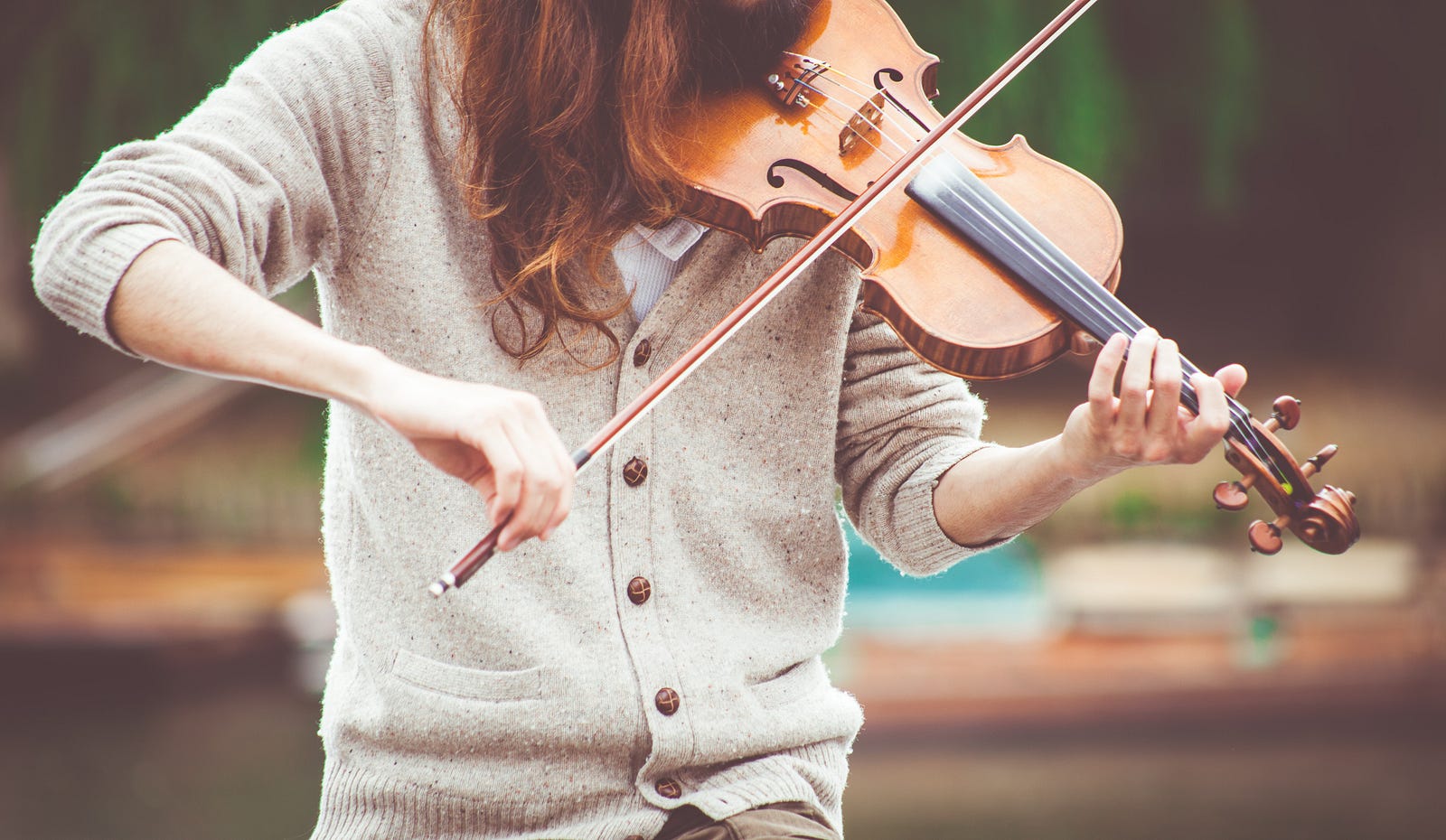
A conservator’s challenge to maintain a multi-million dollar instrument in a museum can be surprisingly similar to taking care of your own trusty fiddle: protection against wear and tear, accidental hits and changes in surrounding environmental conditions are key factors for its survival. Adding a RuuviTag environmental sensor inside your violin case will help you make sure your instrument remains playable for years to come.
Your instrument could last for centuries
You and I are probably never going to play a genuine Stradivarius or del Gesù. It’s simply because these violins have become so rare that even some of the world’s most skilled musicians’ hands may never touch these special instruments. Today, less than 200 instruments built by Bartolomeo Giuseppe Antonio Guarneri (del Gesù) still survive.
Lifespan of a classical instrument varies by its physical attributes as well as its intended use: woodwinds or brass instruments average roughly 20 years, whereas pianos can remain playable for about 100 years, and string instruments for a maximum of 200 years.
Here is a video of an artist playing a 276-year-old violin. The video is Here. With correct storing, these delicate instruments are playable for a long time.
Visiting a luthier or a violin maker for a regular check up will help you to maintain its original condition for as long as possible. With proper maintenance your instrument may be able to last longer than its projected lifespan.
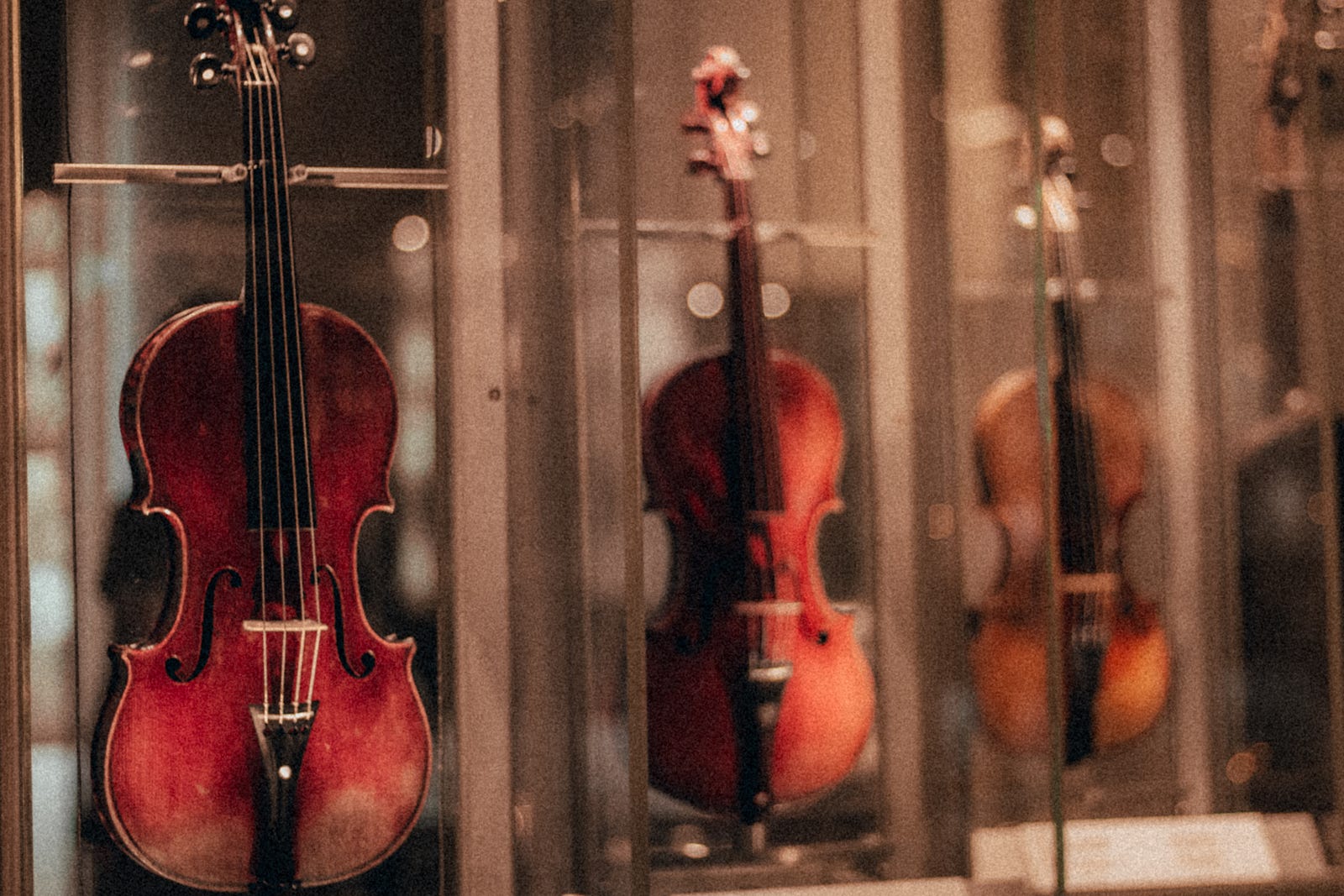
The right humidity is crucial
Most traditional stringed instruments are made principally from wood, which can be sensitive to seasonal changes in weather conditions. Dry and cold winter weather may cause the wood inside the instrument to contract, while humid summer months can cause the wood to expand.
Expansion and contraction can lead to various structural problems that will affect the sound and longevity of your instrument, so storing the instrument within a safe humidity range is extremely important. It’s also a good idea to never subject your instrument to extreme temperatures or direct sunlight.
What is the ideal humidity level for musical instruments?
Ideal relative humidity for stringed instruments is around 40–60%. To stay within these limits, homes should ideally maintain a steady temperature and good air circulation. Ideal instrument humidity is likely to be similar to your personal liking. If you are feeling well, then the instrument is probably doing just fine.
A separate dehumidifying unit can remove unwanted humidity, while supplementary humidification may be provided using a cool mist, a steam humidifier, or an evaporative wick humidifier. Many high quality violin cases already have built in humidifiers, and will save you from most headaches.
How to protect your musical instruments?
Replace your hygrometer with a RuuviTag environmental sensor. Monitoring the surrounding environmental conditions will become easy and you will have access to real time environmental data at all times. Many players resort to buying a hygrometer, which is a small instrument measuring the humidity in the atmosphere. However, some of these tend to be very unreliable and inaccurate compared to other environmental sensors, such as the RuuviTag. Moreover, you will also be able to control the temperature (which affects relative humidity), and get alerts from unexpected movements.
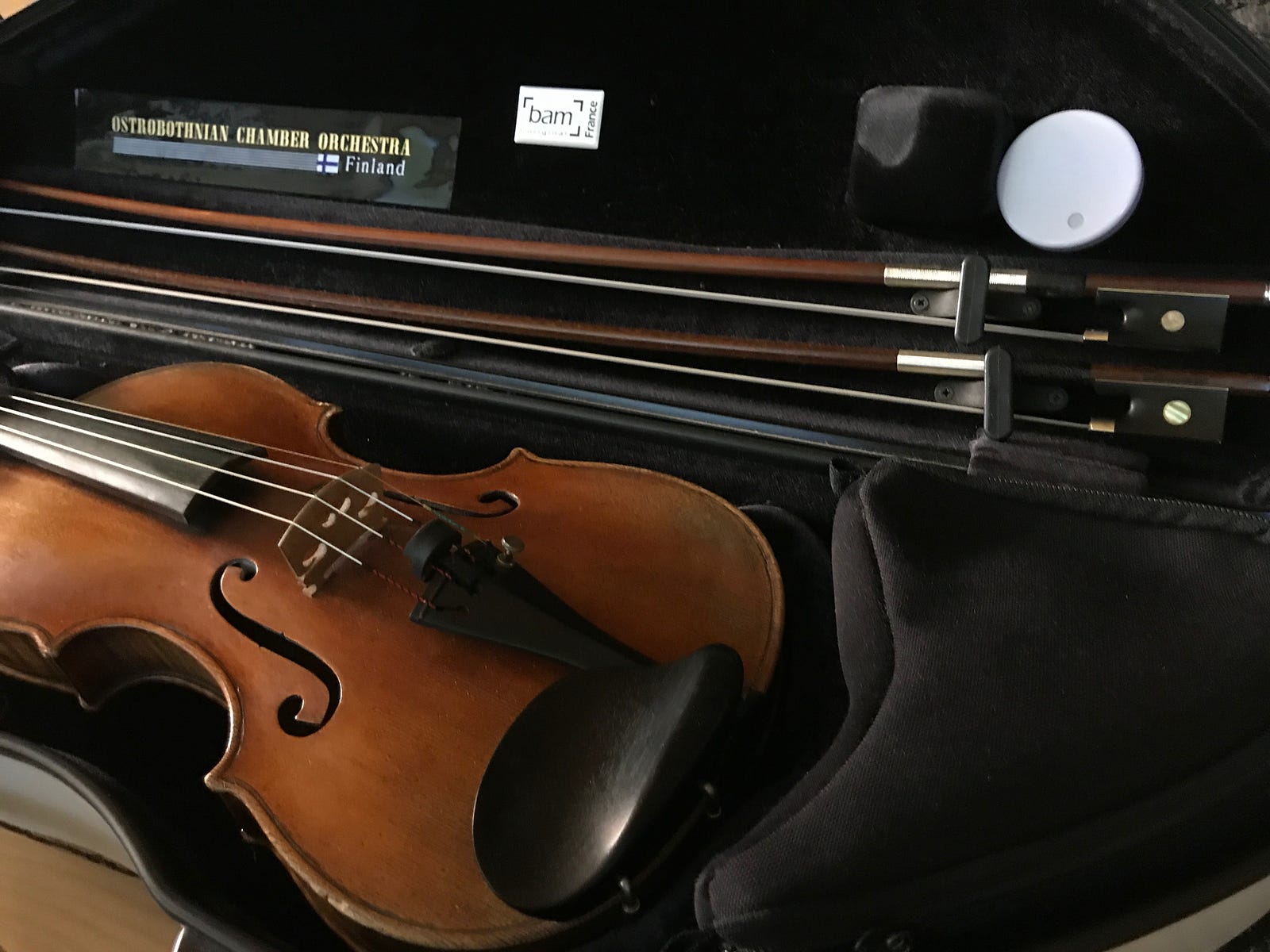
With its small footprint and impressive features, RuuviTag can be an excellent modern replacement for a simple hygrometer. It’s accurate and you can read the measurements from a Ruuvi’s free mobile application, Ruuvi Station!
While a modern solution like this might bring extra value to more advanced users such as collectors, conservators and museums, RuuviTag’s simplicity and affordability also makes it highly attractive for personal use.
Also, measuring humidity and temperature is highly valuable in other applications too! RuuviTags are versatile and durable. By getting RuuviTags to all your measuring needs, you can examine their readings conveniently from the same place.
To learn more about the effects of temperature and humidity on your musical instrument, take a look at our blog post about how to take care of a piano.
Wireless instrument monitoring with Ruuvi
Ruuvi Gateway is a device that reads RuuviTags Bluetooth signals and sends them to the Ruuvi cloud service. In other words, you do not have to be in a Bluetooth range in order to receive measurements from a Bluetooth sensor.
With Ruuvi Gateway, you can always be sure that your violin or other instrument is in proper conditions. Ruuvi Gateway is the choice for wireless environmental monitoring. It works in museums and conservatories, as well as in your very own music room! You can find further information about our solutions for environmental measuring from mour websites.
Tips for taking care of your instrument
Keeping your violin in good condition can help maintain both its tone and value. Here are a few tips to make your instrument last a lifetime.
- Buy a high quality case for your instrument. A durable violin case built with high quality materials will protect your violin from hits and scratches as well as dust. Some more advanced cases may provide features such as a built in humidifier and a hygrometer, which may be beneficial depending on your requirements. Keep your violin inside the case after use to protect it. Use the provided straps to keep it secured.
- Clean your instrument regularly and avoid using alcohol-based solvents. Wipe your violin clean after use using a lint-free soft cloth or a special violin care kit from your local violin store. You might sometimes see white dust on your instrument. This happens from rosin falling off from bow strings. Rosin can stick to the violin body and make the violin surface feel sticky. Never use alcohol or cleaning solvents to remove the stickiness. Even warm water may be harmful to your instrument.
- Use only fittings that are made for your violin. Make sure that chinrest, tuning pegs and tailpiece are designed to be used with your specific violin model. If you are unsure, talk with your luthier or visit a local violin shop for professional advice.
- Store your instrument in the right conditions. Never expose your violin to direct sunlight. Take special care to monitor the relative humidity of your instrument surroundigs, and consider investing in a separate dehumidifier and humidifier.
- Play it! Instruments are made for playing. Thus, they stay in better shape if you use it regurarly!
Conclusions
Wooden instruments, such as violins, are built to last. As these instruments are usually expensive, it makes sense to take good care of them. They spend the majority of their time in some sort of storage. Therefore, it is important to ensure the correct storage conditions in order to preserve these instruments.
Approximately 40-60% of relative humidity is essential for the wooden parts to remain in good shape. To achieve these conditions, you may need to monitor them constantly. Nowadays, it is an easy task as anyone can purchase a measurement sensor reaching surgical levels of accuracy. With a convenient mobile application, you will always know the environmental conditions of your instrument and will get an alert as soon as anything changes unfavourably.
Ultimately, the very best thing for your instrument is that you play it! So go on and enjoy the music with your beloved instrument!
Buy an Environmental Sensor For Your Instruments
Ruuvi is an easy way to monitor conditions for musical instruments. Ensure proper conditions and keep your instruments in fine condition for a long time!
39,90€
Ruuvi is based in Finland. If you’re an EU consumer, VAT is included. If you’re a non-EU customer, you don't pay VAT. If you're an EU business, insert your VAT ID at checkout.
In stock
RuuviTag Sensor (4in1)
| 5 star | 93% | |
| 4 star | 7% | |
| 3 star | 0% | |
| 2 star | 0% | |
| 1 star | 0% |
RuuviTag Sensor (4in1)
| Quantity | Unit Price(€) |
|---|---|
| 1 | 39,90 |
| 2 | 37,40 |
| 3-5 | 36,90 |
| 6-8 | 35,90 |
| 9-12 | 34,90 |
| 13-25 | 33,90 |
| 26-99 | 32,90 |
Are you looking for bigger quantities? Contact us for pricing.
What should humidity be for instruments?
Approximately 40% – 60% relative humidity is optimal for wooden instruments.
How do you store wooden instruments?
You should keep wooden instruments in stable conditions. 40% – 60% relative humidity, 18°C- 24°C ambient temperature are fine. Protect it from hits and direct sunlight.
What temperature should instruments be stored at?
Between 18 °C – 24 °C is ideal. Most instruments are fine in same temperatures as humans.
How often should I clean my violin?
It is recommended to clean your violin daily to prevent dust from buildin on it. Remember to avoid alcohol-based solvents.
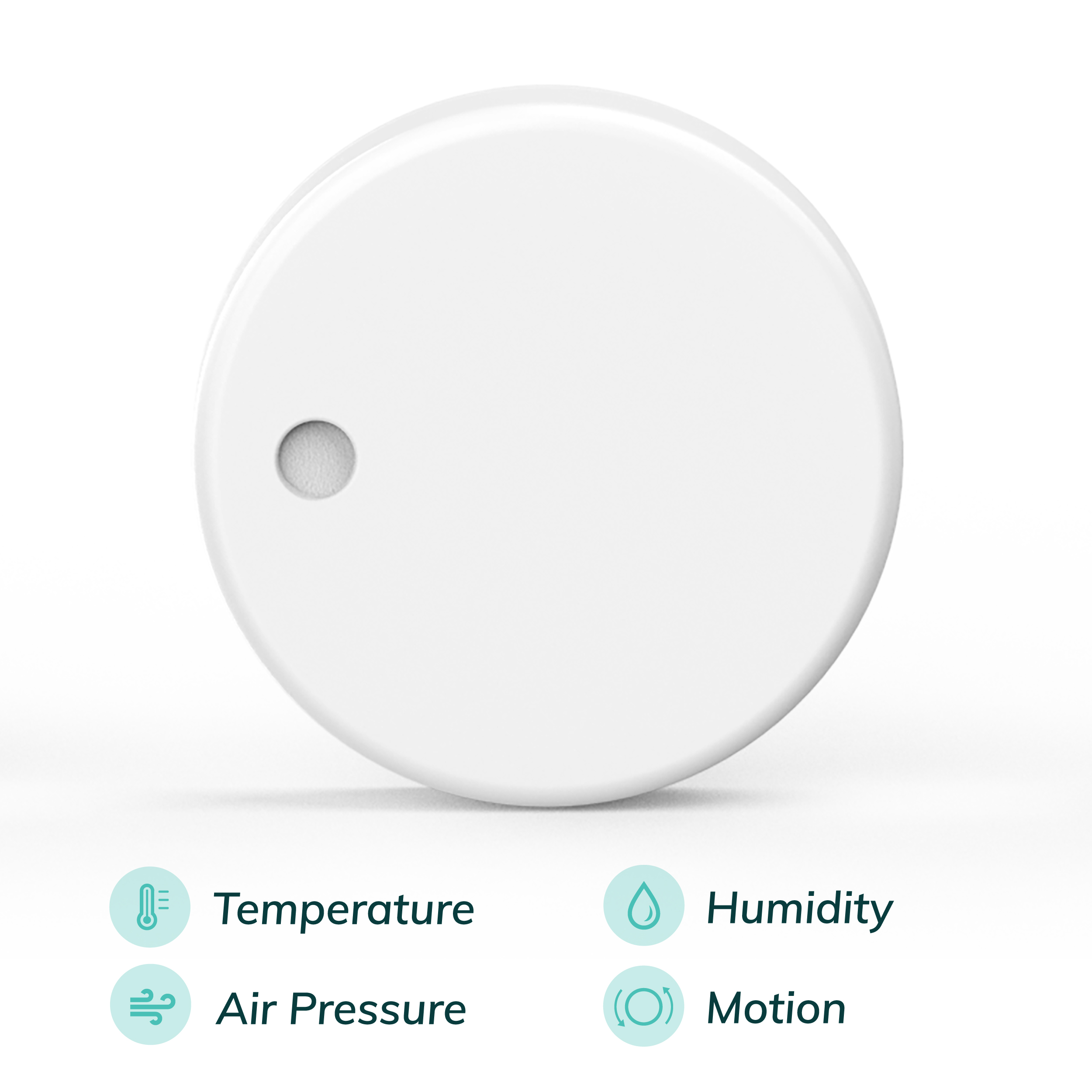
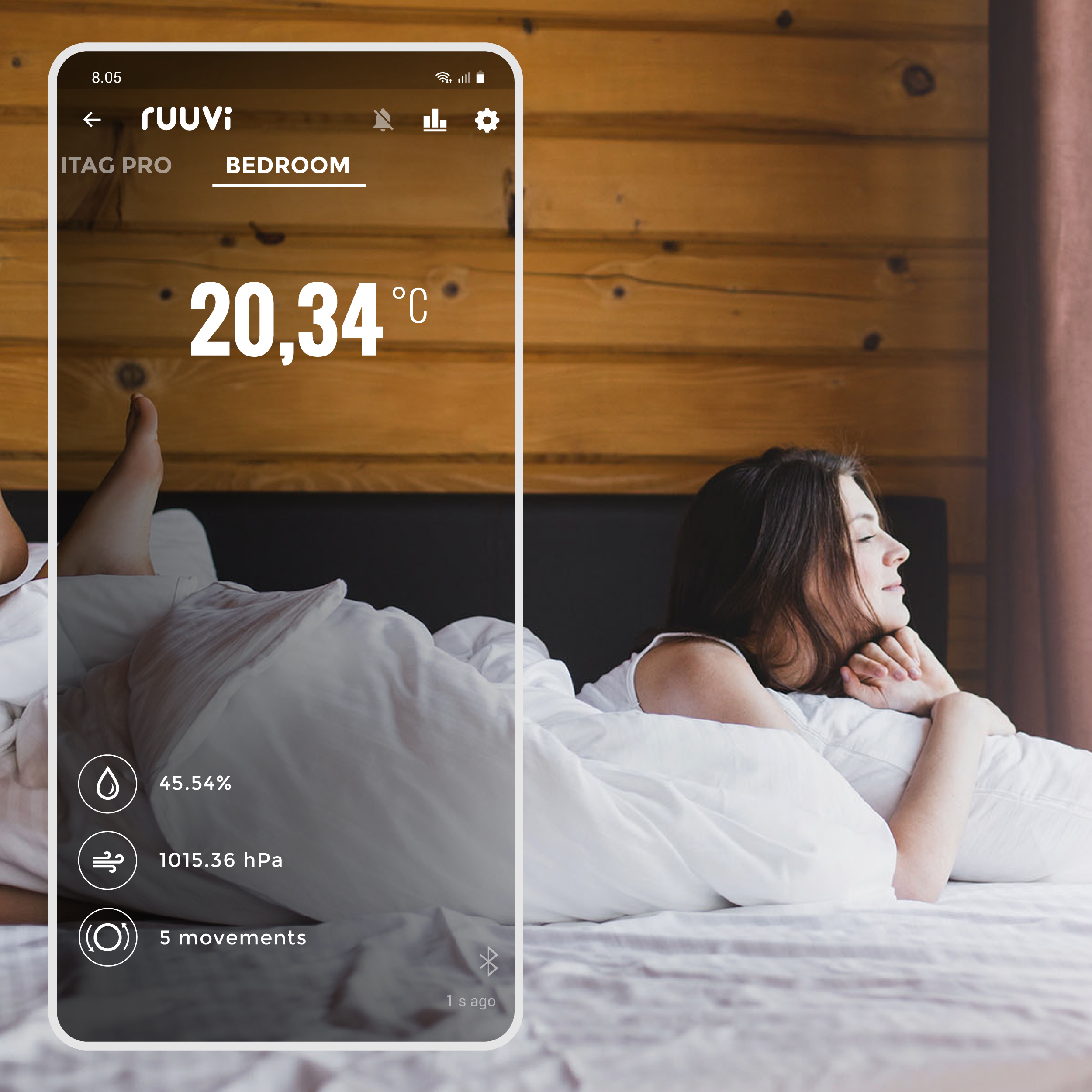

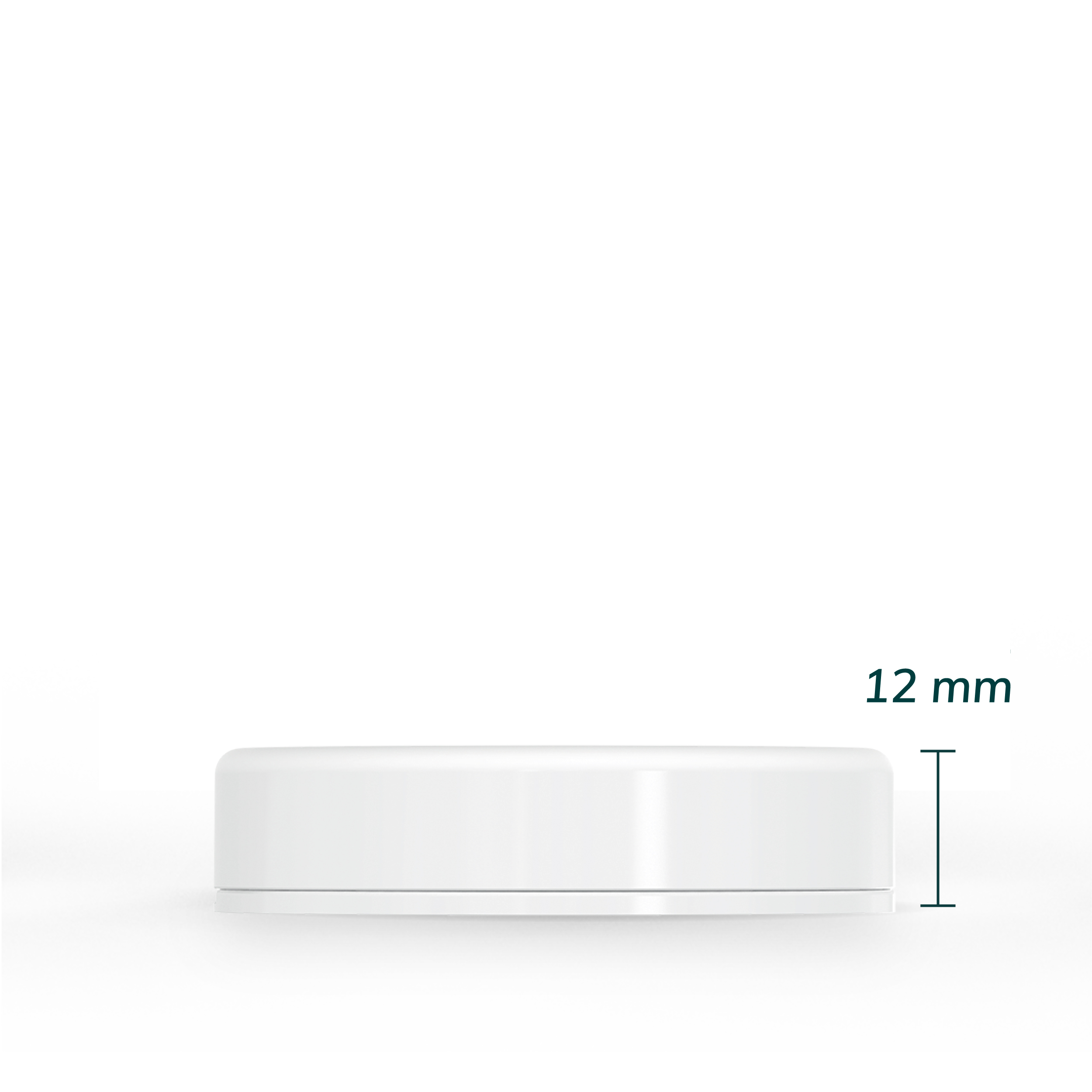
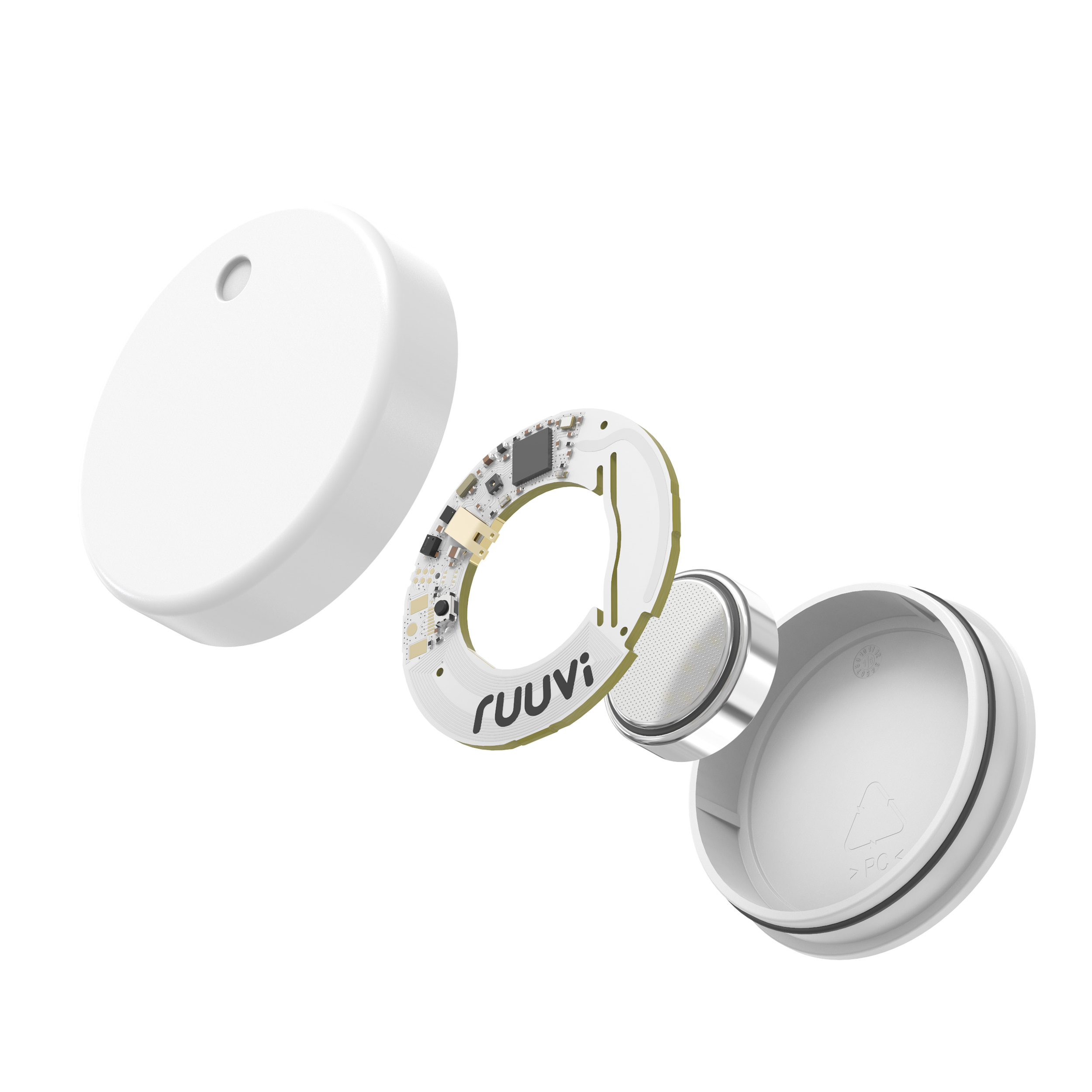
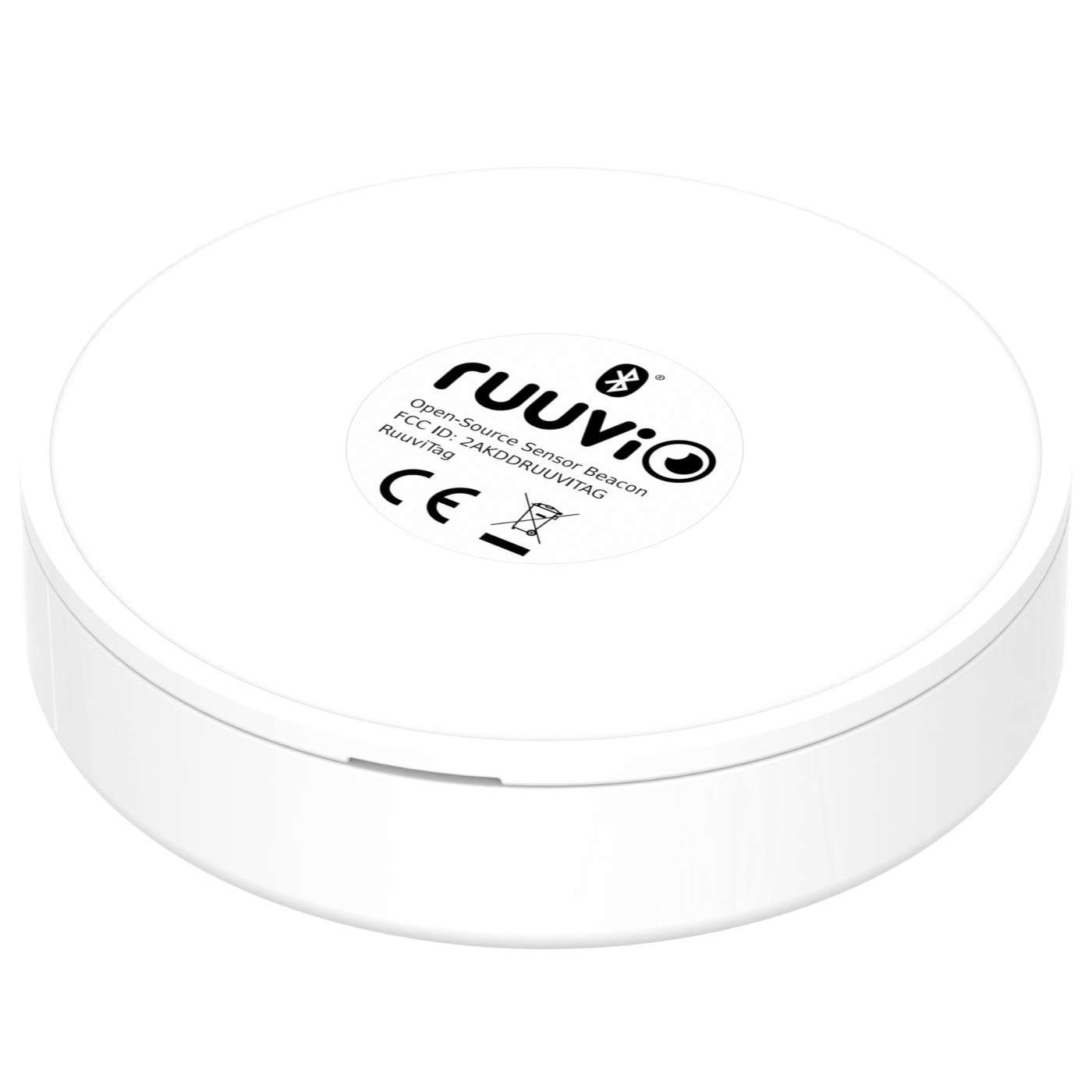
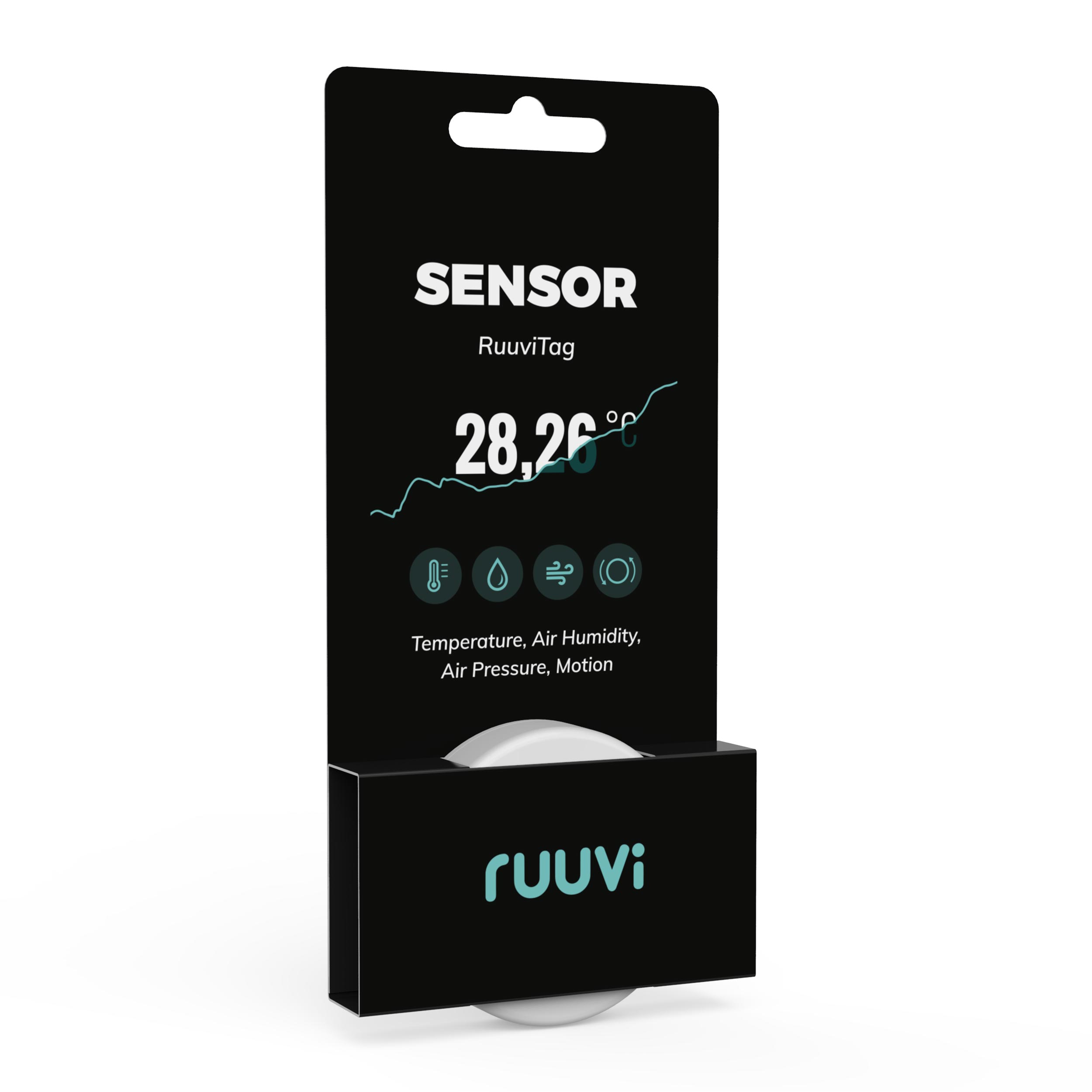
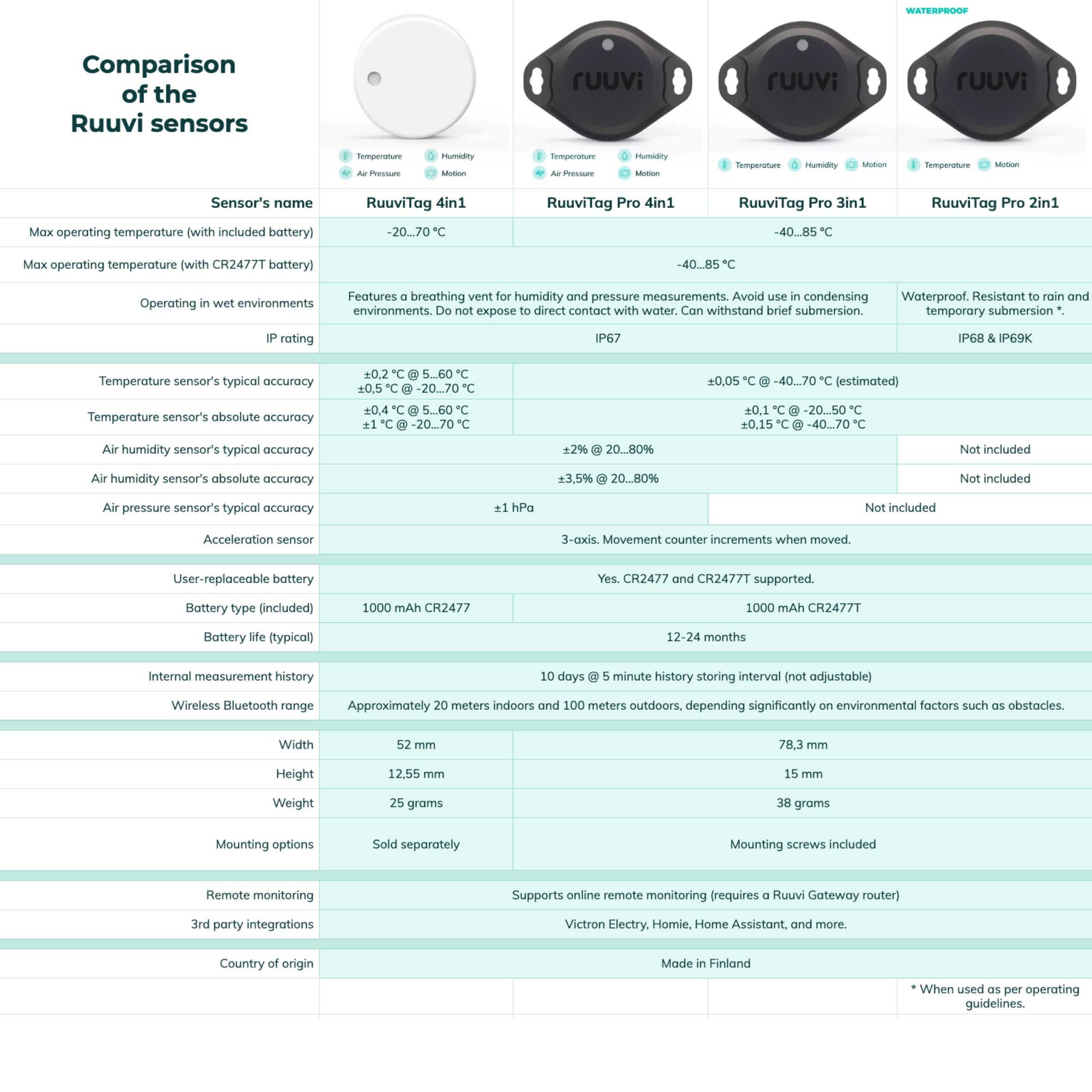

We mainly measure remotely the temperature (rantasauna, grandchildren ‘s bedroom…). Works like junan vessa.
Easy to use!